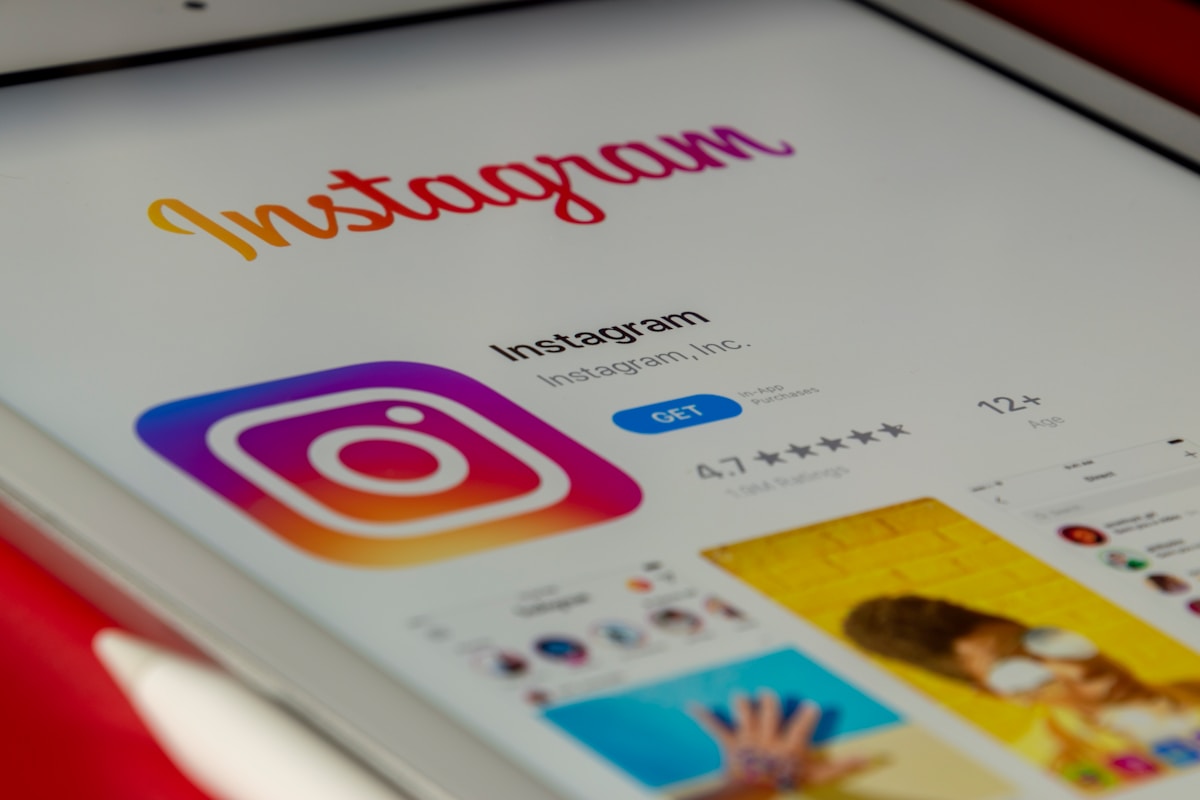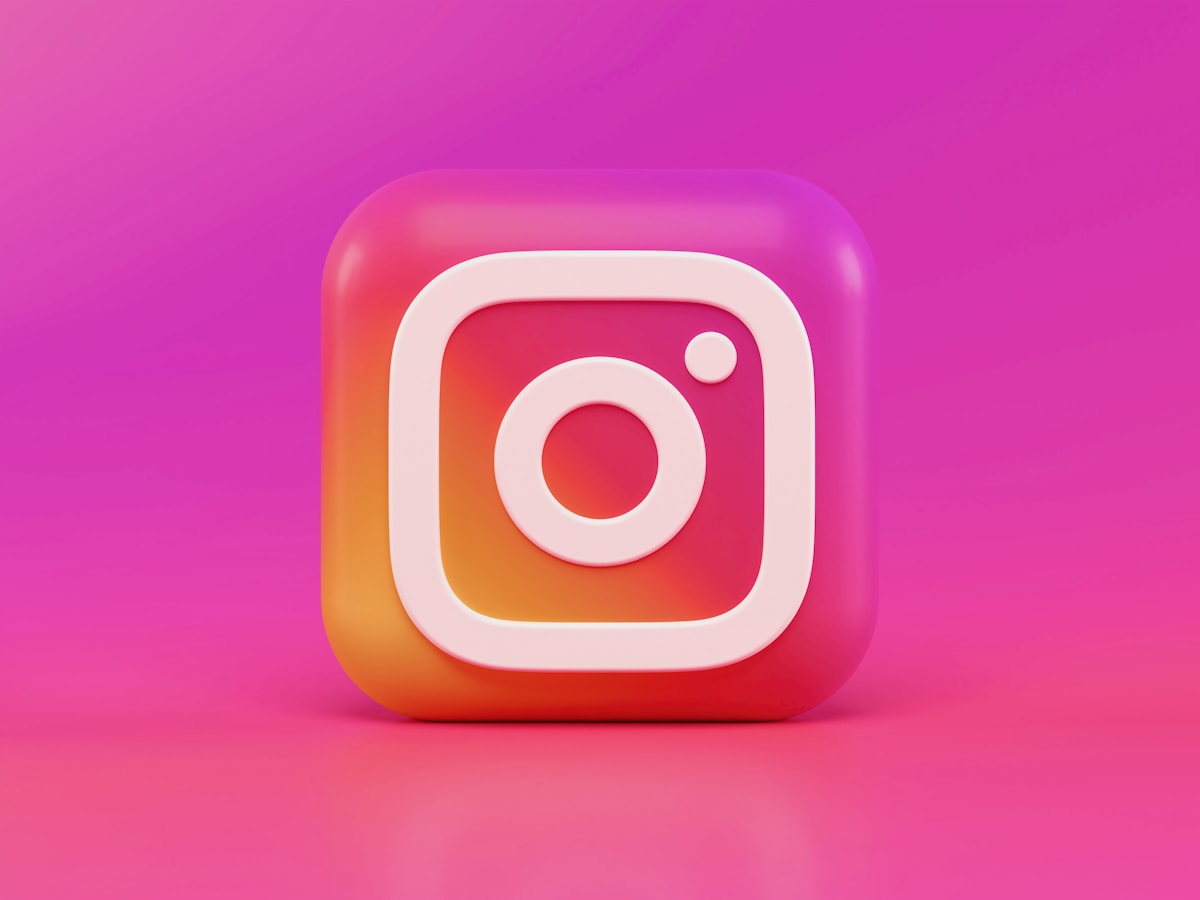Deal Of The Century : How Facebook Saw The Future In Instagram

Founded in 2010 by Stanford alums Kevin Systrom and Mike Krieger, photo-sharing company Instagram went from an idea to a $1 billion company in two years. Initially, their idea was known as Burbn, a mobile check-in app. Realizing that their idea was similar to Foursquare, they shifted their focus to photo-sharing and renamed it Instagram.
In March 2010, Systrom closed a $500,000 seed funding round which valued the company at $2.7 million. There were three investors in this round; angel investor Chris Sacca and venture capital firms Baseline Ventures and Andreessen Horowitz.

Kevin Systrom and Mike Krieger
Krieger posted the first photo on Instagram on July 16, 2010, at 5:26 PM. Later that day, Systrom posted his first Instagram photo. Later in October of that year, Instagram released its app for iOS devices. In its first week on the App Store, Instagram had over 100,000 users. One of those users was Twitter CEO Jack Dorsey, who signed up on the first day.
Dorsey tweeted to his followers on Twitter to check out the Instagram app. This tweet likely was a factor contributing to Instagram’s rapid user growth. Within two months of the iOS app release, Instagram already had 1,000,000 users.
By February 2011, Instagram had 1.75 million users with over 290,000 photos shared daily. Considering that Instagram has shown rapid user growth, they decided to raise more money through Series A funding led by Benchmark Capital. In this round, five investors and venture capital firms raised $7 million, which then valued Instagram at $20 million. Some notable investors included Jack Dorsey and Adam D’Angelo, CEO of Quora.
In early 2012, Twitter had intentions to acquire Instagram. Dorsey invited Systrom and Krieger to the luxurious St. Regis hotel in San Francisco and they wined and dined. Dorsey laid out his offer on a term sheet: to acquire the company for 7% to 10% of Twitter’s stock, worth around $500 to $700 million.
Dick Costolo, Twitter’s CEO at the time, also conveyed to Systrom that he could continue running Instagram and be head of Twitter’s product. Systrom rejected the offer, telling Dorsey that he wanted to grow Instagram even further to the point that it would be too expensive for any company to acquire it. Dorsey would feel so betrayed that Instagram sold to Facebook and not Twitter, that in 2012 apparently he deleted the Instagram app and hasn't posted since the day Facebook aquired Twitter.

On April 5, 2012, Instagram pursued another round of funding through Series B. A few days before the round, Mark Zuckerberg called Systrom. Zuckerberg told Systrom that he wanted to buy Instagram and offered double what Instagram was raising in Series B. Systrom didn’t know what to do initially and asked members of his board for advice.
The board members advised him to sign the paperwork for Series B venture capital funding, and chat with Zuckerberg later. Sequoia Capital led the Series B efforts, and Instagram raised $50 million from five venture capital firms. This gave them a valuation of $500 million, close to what Twitter offered.
Zuckerberg had a mindset that he had to buy out his competitors that threatened Facebook’s success. However, he was unsuccessful once before.

In 2008, he attempted to purchase Twitter for roughly $500 million, and then-CEO Ev Williams said he’d accept it. However, Williams changed his mind and told Zuckerberg that he didn’t want to sell Twitter. Zuckerberg was also on the other side of it.
In 2006, when Facebook was about 2 years ago, Yahoo! offered $1 billion to buyout Facebook. Zuckerberg’s board at the time suggested that he should accept the offer, but Zuckerberg went with gut and declined the offer thinking he can grow Facebook himself.
At the time of potential deal discussions between Instagram and Facebook, Facebook was a private company valued at $100 billion ready to IPO in a month.
Systrom asked Zuckerberg for $2 billion. However, Zuckerberg thought it was too high and assembled a chat with his C-level colleagues and Facebook’s head of M&A, Amin Zoufonoun. Zuckerberg wanted to make an offer that would value Instagram at 1% of Facebook, or $1 billion. At the time of these talks, Instagram had 25 million users, compared to Facebook’s hundreds of millions.
Zoufounoun was puzzled at the valuation because this would represent the largest deal for a mobile app. He couldn’t do a comparative companies analysis as there weren’t any similar deals or public company’s value to use. He wanted to ask Zuckerberg where he got his numbers from, so they scheduled a conference call to discuss this matter. But Zoufounoun couldn’t sleep that night and thought about the complexities of what he was dealing with.

Zoufonoun scrolled through Instagram all throughout the night, trying to understand its business. Although Instagram was not generating any revenue, he thought it presented a viable business opportunity. He saw that businesses were using Instagram to advertise their products, with followers interacting with them. Since Instagram users could continuously scroll through photos, he thought that Instagram could generate revenue through advertising. Furthermore, Instagram could grow using Facebook’s infrastructure.
When Zuckerberg and Zoufonoun met the next day, Zoufonoun told Zuckerberg that his valuation made sense. Zuckerberg wanted to complete the details of the offer as quickly as possible, hence no investment banks were used in advising either Facebook or Instagram.
When Zuckerberg met with Systrom and Krieger, there were disagreements about the cash vs. stock portion of the deal. Zuckerberg was attempting to persuade them that Facebook’s stock will rise in the future. Since Facebook was also growing, the $1 billion offer could likely be $2 billion in the future.
After some consideration, Systrom and Krieger agreed to sell the company to Zuckerberg. However, one of the board members of Instagram was confused because they did funding just days ago for the long term. Systrom gave four reasons why he sold Instagram to Facebook:
- He thought Facebook’s share price will rise in the future
- Takes a large competitor out since if Facebook copied Instagram, then it would be difficult to grow as a company
- Benefits from Facebook’s infrastructure
- He and Krieger would have independence, something that was important to the both of them
Now that the deal was unofficially approved by both parties, it went to the Federal Trade Commission (FTC) for approval. One of the concerns raised was whether this buyout violated antitrust laws since Facebook was essentially taking out one of its competitors. However, in August of 2012, the FTC unanimously voted to approve the acquisition 5-0.

Instagram co-founder Kevin Systrom & Facebook CEO Mark Zuckerberg
Under the terms of the deal, Facebook acquired Instagram for $300 million in cash and 23 million shares of Facebook stock. At the time of the FTC approval, the share price of Facebook declined 50% since their IPO to $19.44, thus the deal was $747.1 million. Considering that the share price of Facebook as of Thursday, July 22, 2021, was $351.19, if the 23 million shares have not been sold yet, then the cost of the acquisition is $8.3 billion.
In 2020, leaked emails from Zuckerberg to former CFO David Ebersman revealed that he viewed Instagram as a threat to Facebook, and wanted to buy out Instagram as quickly as possible. Instagram made nearly $14 billion in ad revenue that year. The company also boasts over one billion monthly active users. Some valuations on the independent Instagram entity have hit $500 today.
